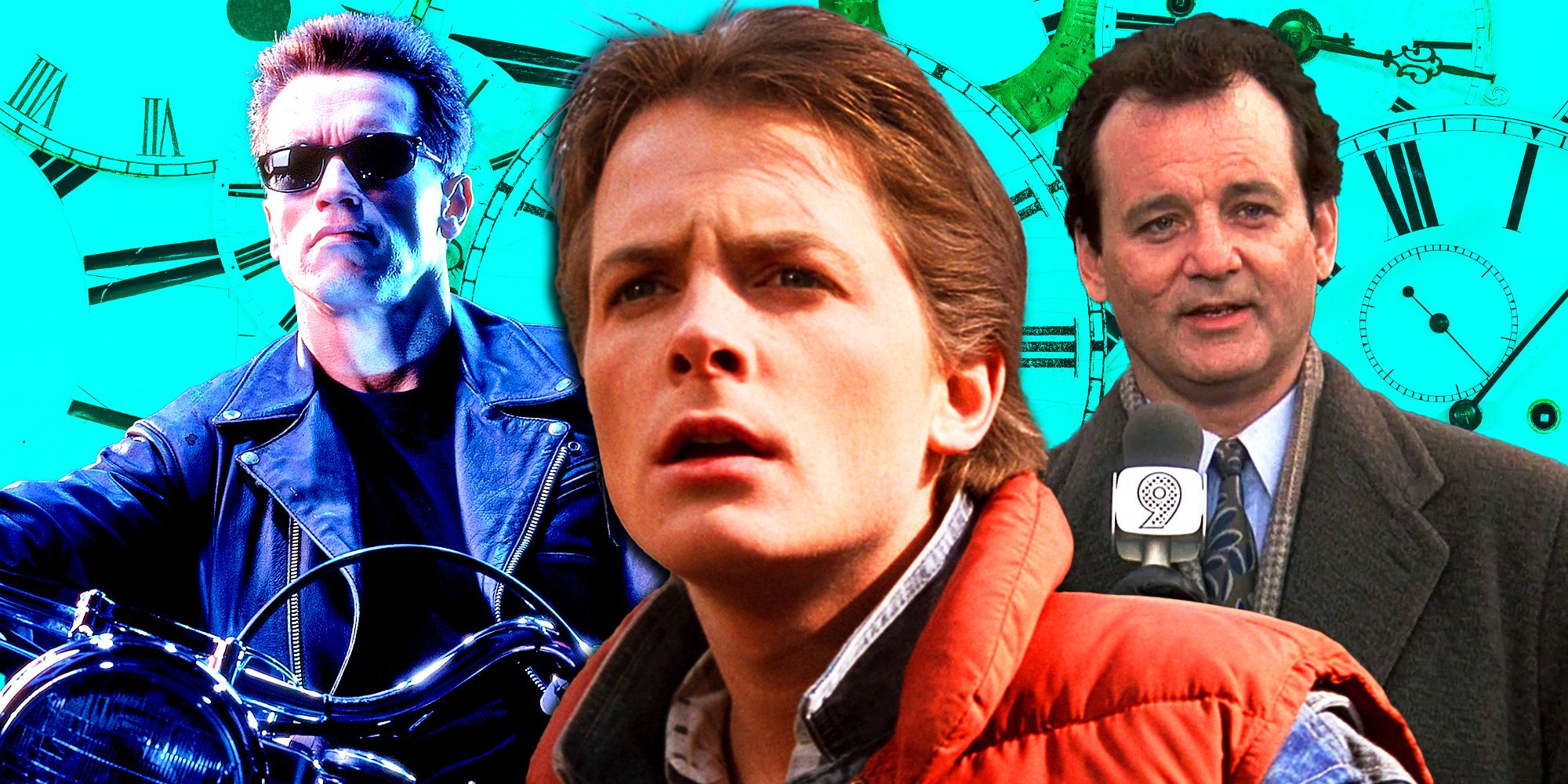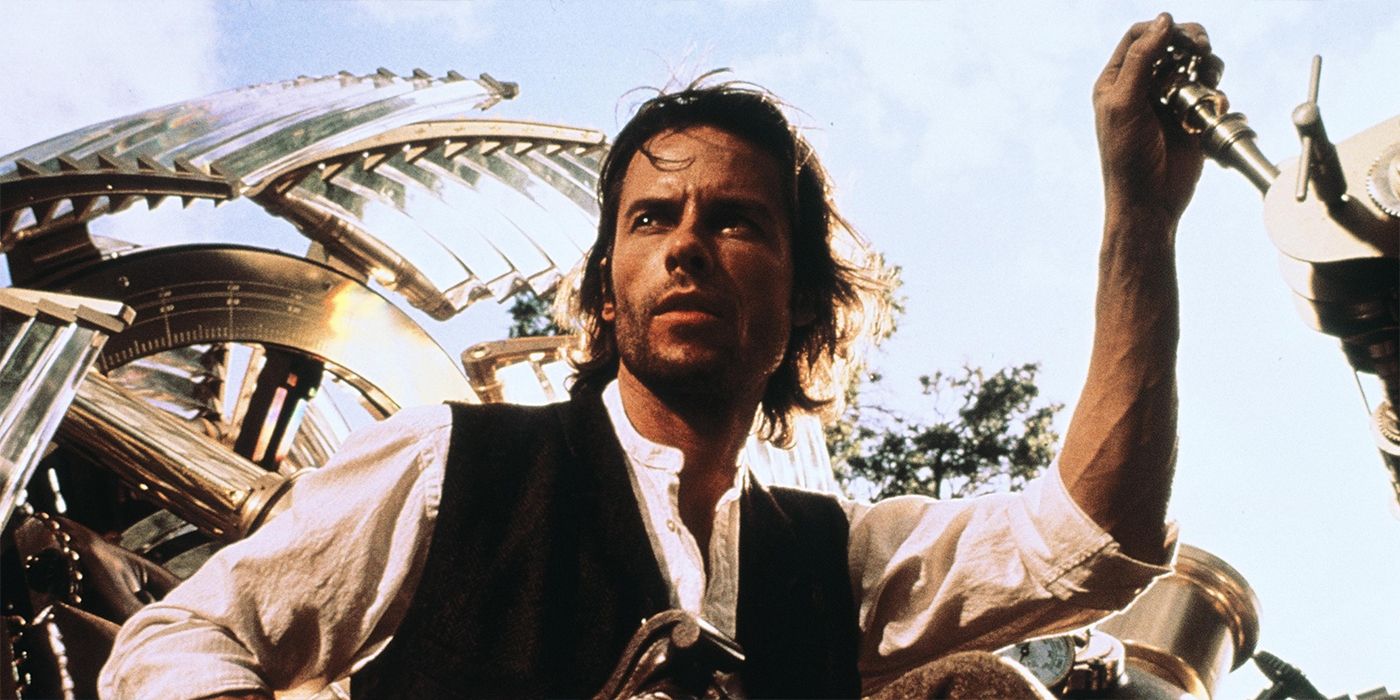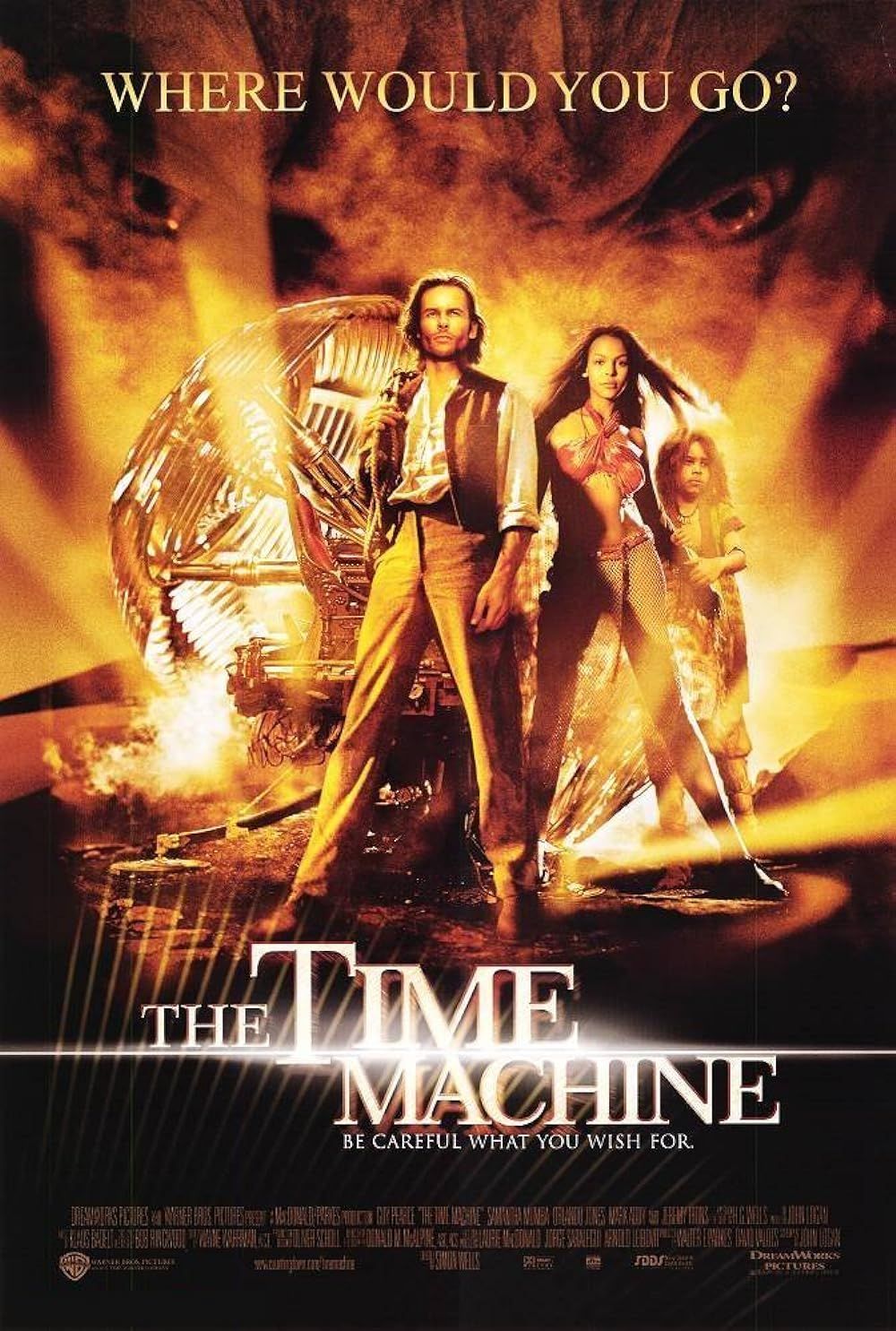An MCU star’s adaptation of an H.G. Wells classic gets a glowing review from VFX artists 22 years after its release. The English author, a pioneer in science fiction, has seen his imaginative works frequently adapted to the screen since the 1930s. Early adaptations include Island of Lost Souls (1932), The Invisible Man (1933), Things to Come (1936), and The Man Who Could Work Miracles (1937), which captured audiences with their groundbreaking special effects and blended the author’s thought-provoking themes with cinematic spectacle.
Later adaptations continued to bring the sci-fi author’s visionary stories to life, and often reflected contemporary concerns. The War of the Worlds (1953) and The Time Machine (1960) highlighted Cold War fears and a fascination with time travel, respectively. Subsequent remakes – such as The Island of Dr. Moreau (1977, 1996), Steven Spielberg’s War of the Worlds (2005) starring Tom Cruise, and the visually updated The Time Machine (2002) – introduced new interpretations of the author’s themes, and almost always with impressive visual effects.
The Time Machine Gets A Glowing Review From VFX Artists
The Adaptation Of The H.G. Wells Classic Was Released 22 Years Ago
The Time Machine gets a glowing review from VFX artists 22 years after its release. Loosely based on the 1895 novel by H.G. Wells and directed by Simon Wells, the author’s great-grandson, the 2002 film follows MCU star Guy Pearce as a 19th-century inventor who, hoping to change the past, ends up traveling 800,000 years into the future, where he finds humanity divided into two warring factions. The cast also includes Orlando Jones, Samantha Mumba, Mark Addy, Jeremy Irons, and a cameo from Alan Young, who starred in the 1960 adaptation.

Related
The 10 Best Time Travel Movies, Ranked
The greatest time travel movies have complex plots and interweaving storylines, making them fun to watch and rewarding to unravel the many threads.
During a recent episode of Corridor Crew‘s “VFX Artists React” series, Niko Pueringer, Wren Weichman, and Jordan Allen broke down The Time Machine (2002), praising its VFX and the time-lapse effects for the time bubble sequences. Read a small portion of their comments or watch the full portion of the video below:
Weichman: Can we just appreciate how good that time bubble looks?
Pueringer: They treated the sand dunes like water and animated them like water because, with the time-lapse, they move like water. It’s very CGI-looking, but it’s really fun to watch.
What The VFX Artists’ Reaction To The Time Machine Means For The Movie
They Still Hold Up 22 Years Later
The VFX artists’ reaction to The Time Machine (2002) highlights the enduring quality of its visual effects, particularly the mesmerizing time-lapse sequences depicting the time bubble. For some of these special effects, Industrial Light and Magic designed an advanced color format called RGBE, which incorporated red, green, blue, and an exponent channel. The VFX artists’ reaction underscores how The Time Machine‘s innovative techniques used to visualize the passage of centuries remain visually striking even 22 years later, and continue to capture H.G. Wells’ timeless vision of exploration and transformation.
Source: Corridor Crew


